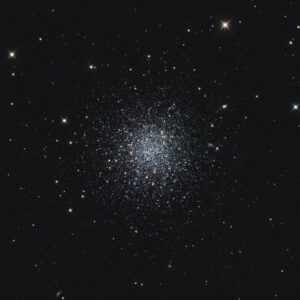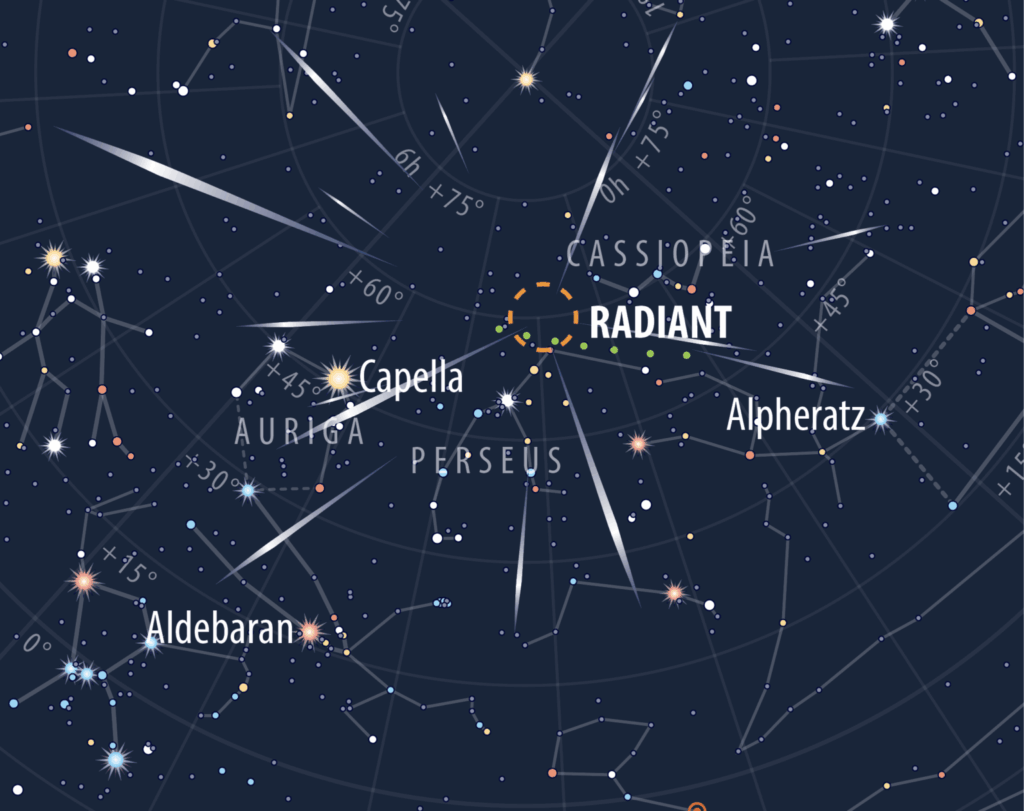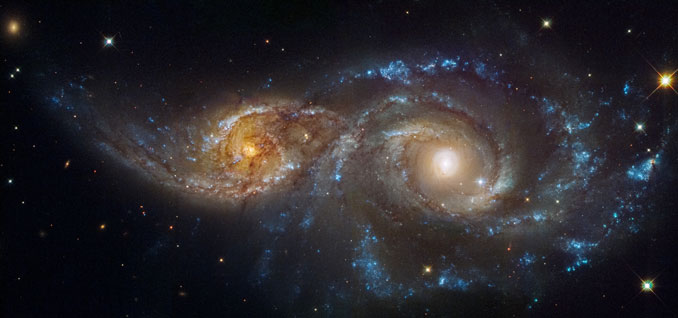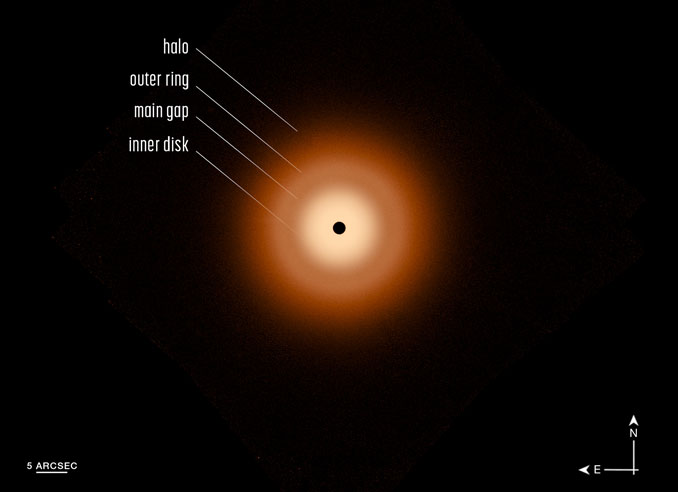Now Reading: Going south in Sculptor
-
01
Going south in Sculptor
Going south in Sculptor


Amateur astronomers just love the challenge of checking out those horizon-hugging southern constellations and seeking the deep-sky gems they host. At the time of the year the great southern constellation of Sculptor fits the bill perfectly.
Sculptor is the largest of the southern constellations invented by the French astronomer Nicolas Louis de Lacaille, in 1756. Originally named by him ’l’Atelier du Sculpteur’, the sculptor’s studio, it was shortened to Sculptor in 1845, following a suggestion by John Herschel.
From the south of England, the entirety of Sculptor just clears the horizon at about 10pm GMT at the end of October, though its northern boundary with Cetus has a declination of between 24 to 25 degrees south. Sculptor deals largely in galaxies, with some of the finest examples in the entire sky located on its premises. Those of us living at mid-northern latitudes can catch a glimpse of magnificent NGC 253, the big and bright Silver Coin Galaxy that’s the best galaxy in Sculptor. As a great bonus, the superb globular cluster NGC 288 lie just to the south-east.
Flip for NGC 253, Sculptor’s Silver Coin, or Silver Dollar Galaxy
Sculptor hosts a pretty barren, star-poor area of sky to the south of Cetus and Aquarius. Though alpha Sculptoris shines at only fourth-magnitude it’s the constellation’s brightest star. NGC 253 lies 4.7 degrees to its north-west and culminates mid-month at about 10.10pm GMT. From London, it then lies around 13 degrees high, though it achieves an altitude of just nine degrees from Scotland. NGC 253 is the brightest member of the Sculptor Group, a loose grouping of galaxies that’s one of the nearest to the Milky Way, lying just 12.7 million light years away.

The Silver Coin Galaxy shines brightly at magnitude +7.1, though its high-surface brightness owing to its almost edge-on presentation is a greater asset for UK observers. A 100mm (four-inch) telescope reveals a cigar-shaped object that’s orientated north-east to south-west on the sky. On an exceptional night under a dark sky, the Silver Coin’s major axis may approach 20’ in length; to its fullest extent it spans 26’ x 7.4’.

Sculptor may be nondescript visually, but NGC 253 is just one of its fine selection of bright galaxies, with NGC 55 being the cream of the rest of the crop; both galaxies make superb targets for remote imagers utilising equipment hosted around the world, especially that based in the Southern Hemisphere. There are numerous other fine galaxies that can be observed from southern Europe or remotely imaged. These include NGC 134, NGC 613 and NGC 7793.
NGC 288: a fine globular cluster rivalling many Messier’s
Once you’ve observed the Silver Coin Galaxy, look just under two degrees south and east and you’ll see NGC 288, an impressive, magnitude +8.1 globular cluster that spans 14’.

On a transparent and moonless night (the moon is new on 1 November) at a site free of major sources of light pollution, a small telescope of around 80mm (~three inches) in size should pick it up as; it lies about eight degrees south-south-east of Diphda (beta [b] Ceti, mag. +2) and three degrees north-north-west of alpha (a) Sculptoris (mag. +4.3).
NGC 288 is a loose cluster, with perhaps a 200–250mm (eight- to ten-inch) resolving a peppering of its outlying stars at moderate powers on a steady night. It will be quite a thrill to find and observe.
Head north for NGC 247, a bonus in Cetus
Being so far south, why not now dip into the large southern constellation of Cetus, the sea monster, whose teeming galaxy fields are approaching the southern meridian by about mid-evening. Together with Aquarius and Pisces, Cetus can be regarded as another member of the ’Celestial Water’ group of constellations. Cetus shares part of its southern boundary with Sculptor.
Cetus boasts a couple of often visited targets, with deep-sky devotees being very familiar with Messier 77, the storied and oft-observed galaxy, and variable star observers monitoring Mira, the archetypal long-period variable star. However, let’s head south to mine deeper into Cetus’ galactic heritage.

NGC 247 (Caldwell 62) is a large (spanning 20’ x 7.4’), inclined spiral that’s sometimes referred to as the ‘Dusty Spiral’ or the ‘Needles Eye’, owing it sporting a dark patch on one side. NGC 247 is another member of the Sculptor Group.
Observers looking for NGC 247 will encounter two immediate challenges: it never rises higher than 20 degrees from the UK and, despite its inclined presentation, it suffers from low surface brightness, owing in part to its dusty disc with disorganised spiral arms.
One saving grace is that NGC 247 is easy to find, as it lies just under three degrees south of Diphda (beta [β]) Ceti. At the end of October from the south of England, NGC 247 culminates at just after 10pm GMT, at an altitude of around 18 degrees. A low-power view through a 100–150mm (four- to six-inch) telescope should snare it on a fine night.
Stay Informed With the Latest & Most Important News
Previous Post
Next Post
-
 012024 in Review: Highlights from NASA in Silicon Valley
012024 in Review: Highlights from NASA in Silicon Valley -
 02Panasonic Leica Summilux DG 15mm f/1.7 ASPH review
02Panasonic Leica Summilux DG 15mm f/1.7 ASPH review -
 03From Polymerization-Enabled Folding and Assembly to Chemical Evolution: Key Processes for Emergence of Functional Polymers in the Origin of Life
03From Polymerization-Enabled Folding and Assembly to Chemical Evolution: Key Processes for Emergence of Functional Polymers in the Origin of Life -
 04How New NASA, India Earth Satellite NISAR Will See Earth
04How New NASA, India Earth Satellite NISAR Will See Earth -
 05And Thus Begins A New Year For Life On Earth
05And Thus Begins A New Year For Life On Earth -
 06Astronomy Activation Ambassadors: A New Era
06Astronomy Activation Ambassadors: A New Era -
07SpaceX launch surge helps set new global launch record in 2024



















